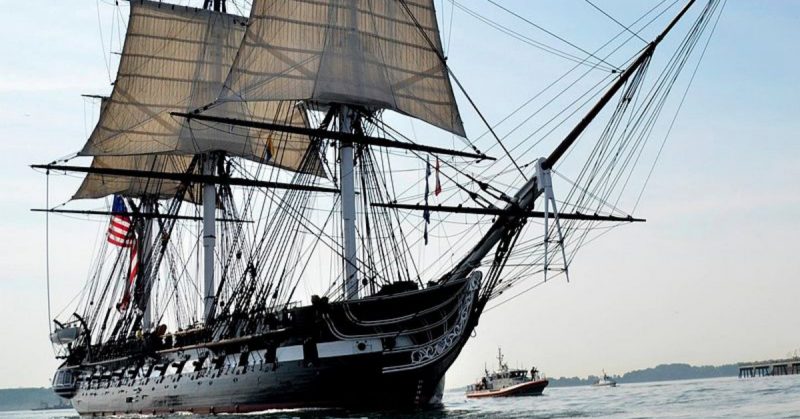After bringing the British crew aboard as prisoners, the Americans concluded Guerriere was too far gone to salvage and burned her.
“Old Ironsides,” the U.S. Navy’s 225-year-old frigate USS Constitution, has been through it all and lived to tell the tale, two centuries after her original life expectancy lapsed.
Constructed of sturdy live oak, pine, and (at one point) copper sheathing procured from Paul Revere, she was a first step in withstanding attacks by enemy fleets that had both larger and more numerous ships than the six frigates that were authorized by Congress in the Naval Act of 1794.
Those heavy frigates, the third of which was Constitution, were the first capital ships of the permanent U.S. Navy.
Constitution endured hard battles, led chases that by modern naval standards were at a snail’s pace, and fought against Barbary pirates and the British. But the hardest battle she won was that against time.
She is the oldest military ship in the world still afloat. The only warship that is older, namely the British Royal Navy’s magnificent 104-gun HMS Victory, has been kept in drydock since 1922.
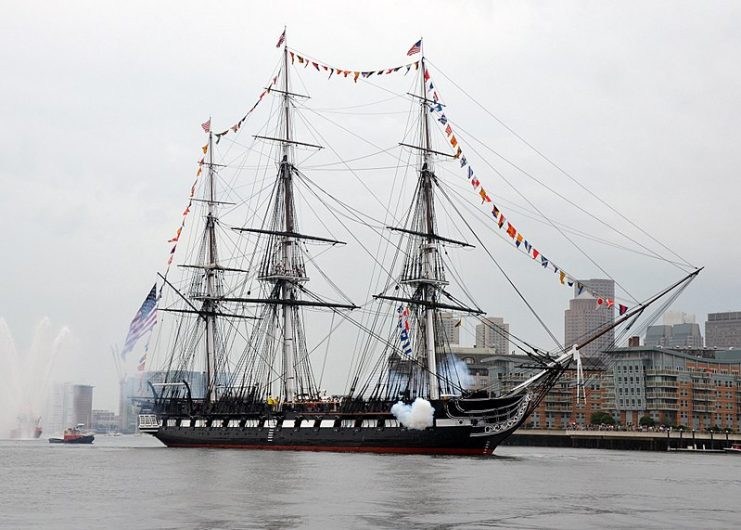
Construction and the First Barbary War
Constitution was designed and built in Boston by shipbuilder Joshua Humphreys. Long in the keel, narrow in the beam, and with a 21-inch-thick hull, Constitution was designated as a 44-gun frigate.
Since the fledgling U.S. Navy was no match for fleets such as those of Great Britain and France, Humphreys’s strategy was to construct heavy frigates that could overpower lighter enemy frigates and run from a ship of the line.
On her first deployment in the Quasi-War with France, Constitution took some prizes but was not engaged in any major battles. Three years later, however, she saw action in the Mediterranean during the First Barbary War.
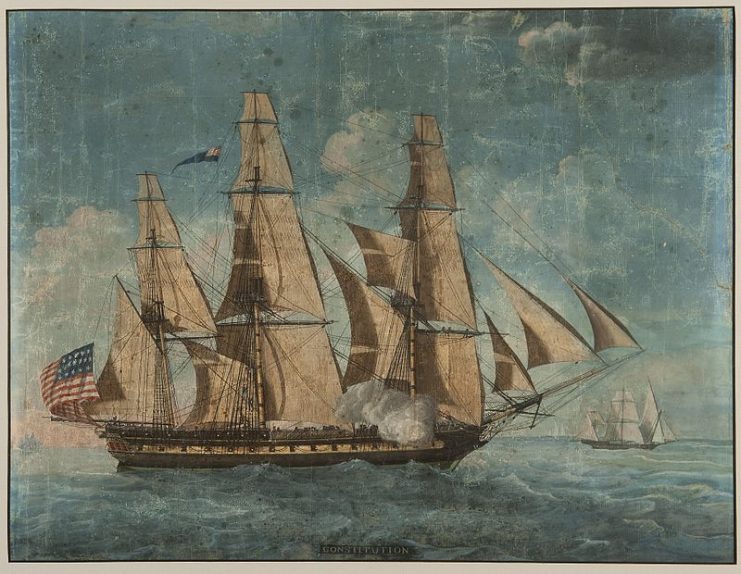
USS Philadelphia had run aground near Tripoli in October 1803 where she was captured and taken into Tripoli Harbor as a prize.
Unwilling to let the enemy make use of an American ship, Constitution‘s Captain Preble devised a plan: a captured ship was disguised as a merchant and sent into the harbor with an American crew who had orders to destroy Philadelphia.
In February 1804, this plan was successfully carried out.
In August 1804, Constitution and a number of smaller ships and gunboats attacked Tripoli, destroying and capturing most of the Tripolines’ gunboats and bombarding their shore batteries. Despite the damage they wrought, the engagement was not successful at getting the Tripolines to back down from their demands for tribute.
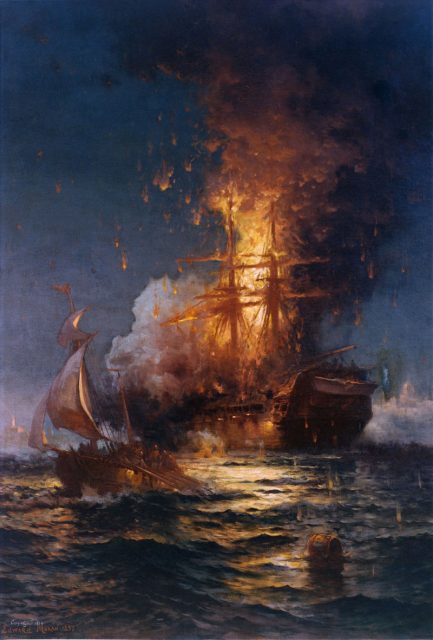
“Her sides are made of iron!”
Constitution’s first battle victories at sea came several years later when she became one of the stars of the War of 1812. After famously escaping a squadron of five British ships in a tense 57-hour chase in July 1812, Constitution ran across one of those ships—the 38-gun frigate HMS Guerriere—the following month.
The resulting battle between Constitution and Guerriere earned the former both her iconic nickname and legendary status since a sailor was reported to have exclaimed, “Huzzah! Her sides are made of iron!” as cannonballs from the British broadsides bounced harmlessly off the ship’s stout sides.
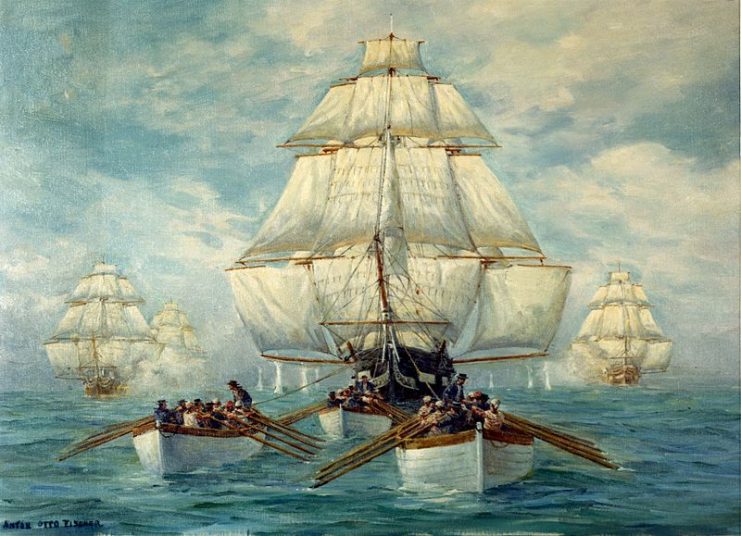
A broadside from Constitution early on in the battle took out Guerriere‘s mizzenmast, causing her to collide and become entangled with Constitution. The ships’ cannons continued to blast as they were locked together, and each side’s boarding party eagerly tried to board the other’s ship, but could not manage it due to the heavy seas.
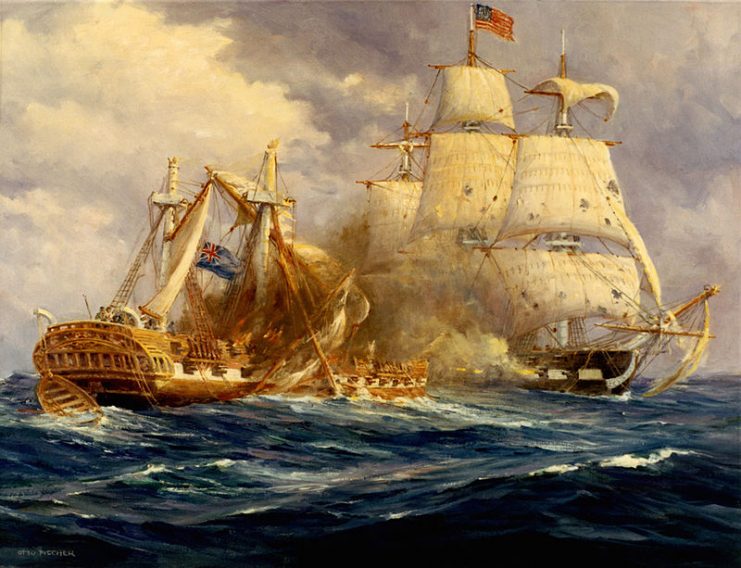
When Constitution finally broke loose from the badly damaged Guerriere, the repercussion helped bring down the latter’s other two masts, and she surrendered. After bringing the British crew aboard as prisoners, the Americans concluded Guerriere was too far gone to salvage and burned her.
Constitution then returned to Boston, where she was cheered by an enthusiastic crowd.
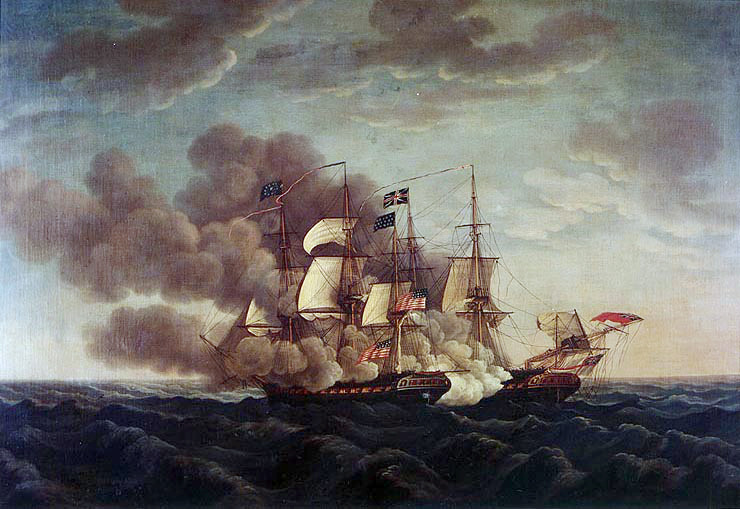
More War of 1812 action
In December 1812, Constitution was involved in another dramatic battle with the frigate HMS Java. Similar to the battle with Guerriere, the ships at one point became entangled. By the end, Java had lost her captain and her foremast, had suffered many casualties among her crew, and was overall so badly damaged that she was forced to surrender.
Java, in turn, had damaged Constitution‘s rigging and pulled off a shot that in one stroke took out Constitution‘s wheel and the men who steered it as well wounding the captain. In order to steer the ship throughout the battle, sailors had to go below and manually operate the tiller attached to the rudder.
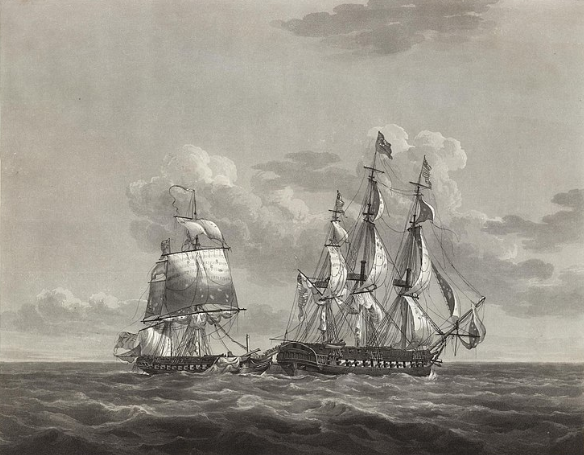
One of Constitution‘s last actions before scuttling Java was to take Java‘s helm as a replacement for her own.
Once again, Constitution returned to Boston to a hero’s welcome. In Great Britain, as a result of this battle (which marked the third British ship taken in short order by the upstart American frigates), the Admiralty issued orders that only ships of the line or squadrons of ships could engage the heavy American frigates one-on-one.
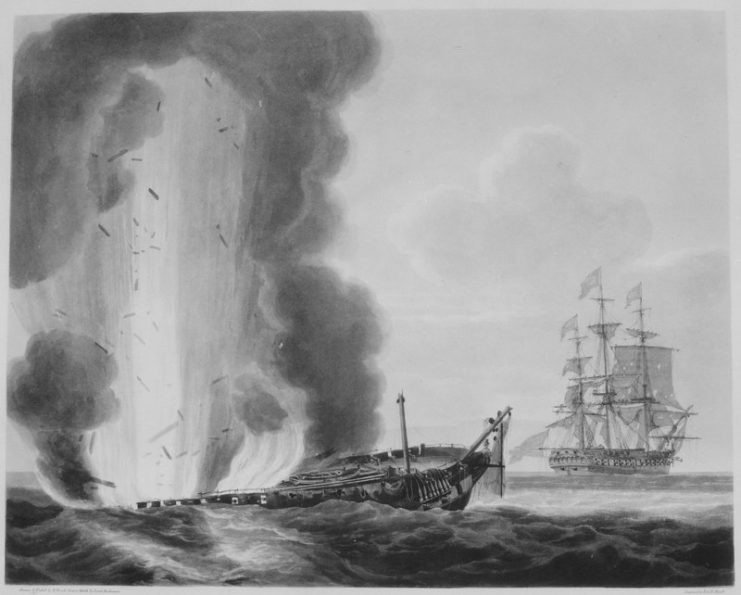
Constitution‘s final battle at sea was on February 20, 1815. It was three days after Congress ratified the Treaty of Ghent, but that was not yet known to the sailors aboard Constitution across the Atlantic, near Madeira. There the American frigate spotted two smaller British warships, HMS Cyane and HMS Levant, and gave chase.
The resulting engagement saw Constitution‘s advantages in size and armament outweigh the two-to-one advantage on the British side. Twelve 32-pound cannonballs were later recovered from her hull, but she was relatively undamaged. She took the two British ships as prizes, though the British soon afterward recaptured Levant.
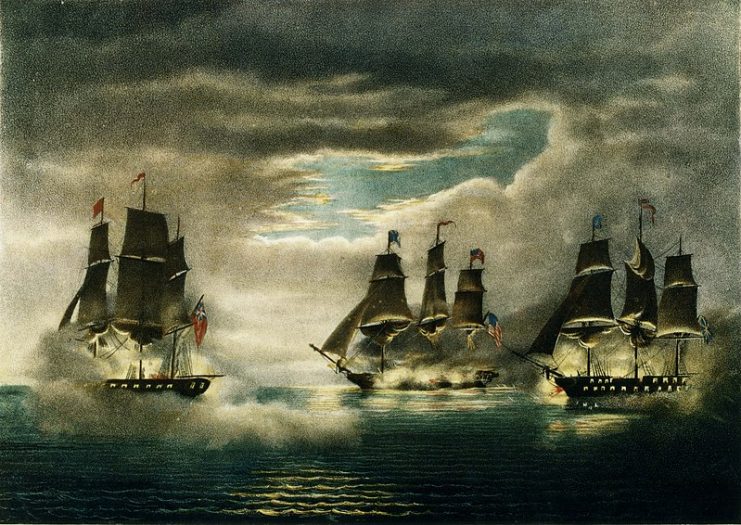
The public saves “the eagle of the sea”—twice
After the War of 1812, Constitution was laid up for several years and then spent most of the 1820s patrolling the Mediterranean. In 1830, the Boston Advertiser ran an article which announced that Constitution was going to be scrapped, prompting Oliver Wendell Holmes to swiftly pen what became one of his best-known poems, Old Ironsides.
Rallied by the poem, the public cried out against the idea—as Holmes put it—that “The harpies of the shore shall pluck/The eagle of the sea!” and the Secretary of the Navy approved the $157,000 repair cost for Constitution.
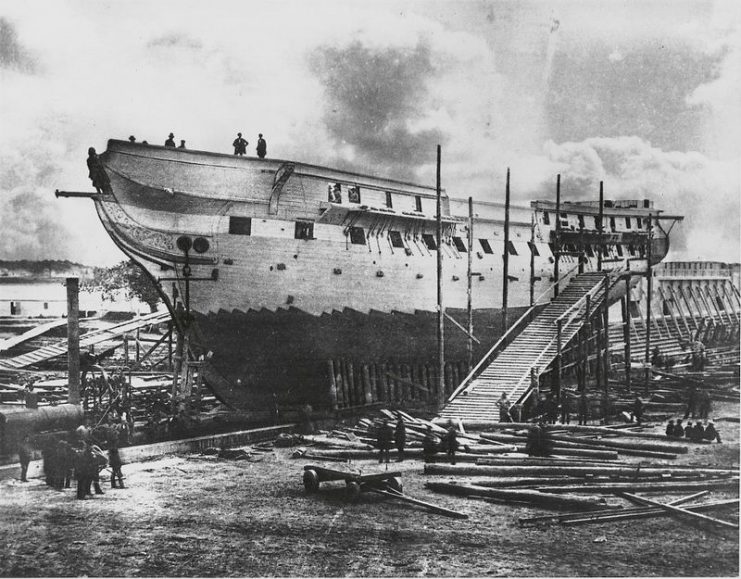
Throughout the rest of the 1800s, Constitution saw periodic service in the Mediterranean and Pacific, sailed around the world (which took her over two years, with plenty of adventure along the way), served as a floating classroom and training ship for Naval Academy midshipmen, and carried American contributions to the Paris Exposition of 1878.
Four of her sailors received Medals of Honor in 1879.
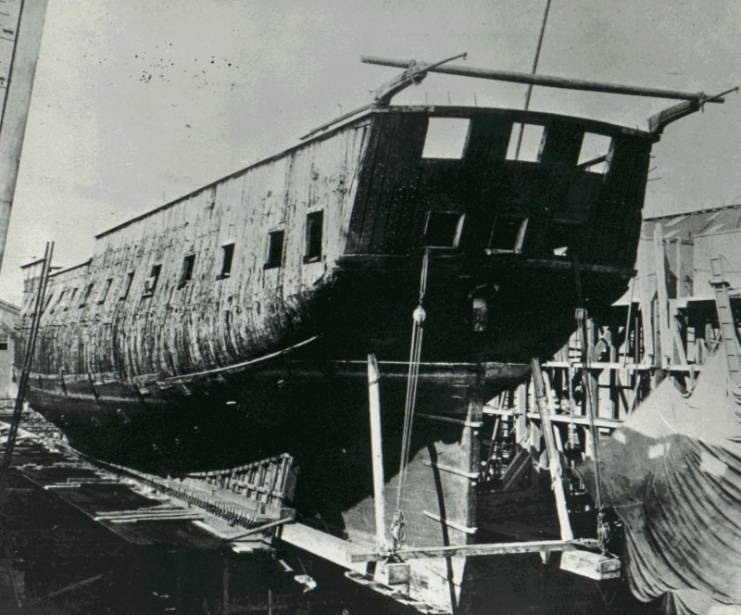
In 1905, the Secretary of the Navy suggested that the by-then badly deteriorated Constitution be towed to sea and used for target practice—not an unusual end for outdated, rickety ships. But not this one! Public outcry once again saved the ship. Consequently, in 1907, a partially restored Constitution became a floating museum.
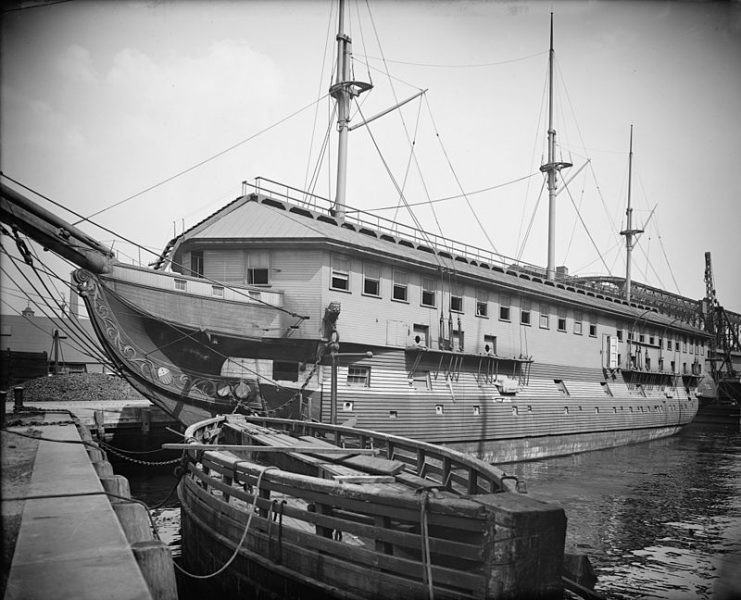
The 1900s saw several restorations of the old frigate and a major three-year tour in the 1930s to the U.S. Atlantic, Gulf, and Pacific coasts. The minesweeper USS Grebe towed her for the entire journey. During that public goodwill tour, undertaken as a “thank you” to everyone who had contributed funds to her most recent restoration, she was visited by over 4.6 million people.
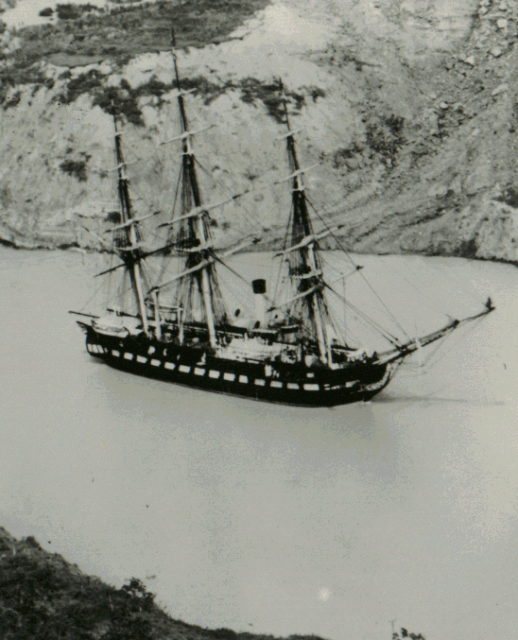
The year 1997 marked the 200th anniversary of Constitution‘s launch, essentially her birthday. The Navy made it a special day by having her sail under her own power—for the first time in 116 years—rather than be towed. She sailed under her own power again in 2012 to commemorate the 200th anniversary of her victory over Guerriere.
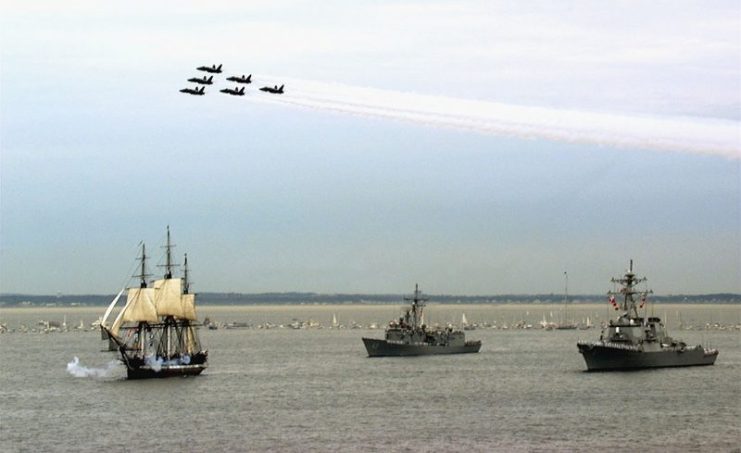
Could you be one of the 150 lucky people who get to ride the ship on July 4?
Today, Constitution is berthed at Charlestown Navy Yard, Boston National Historical Park. She is manned by a crew of active duty Navy sailors for whom a tour aboard Constitution is considered “special duty.” They keep the ship open to the public, interact with her many visitors, and participate in various programs and special events.
Naval History and Heritage Command Detachment Boston is responsible for her upkeep and preservation.
Read another story from us: The First Barbary War – The US Navy Asserts Its Power
One special annual event is Constitution‘s “Independence Day Underway,” also called her “turnaround cruise,” in which she gets underway into Boston Harbor and fires a 21-gun salute on July 4th. A lottery is conducted beforehand in which 150 people can win passage onboard during the cruise.
The lottery for 2019 will be conducted through May 15, with the drawing taking place on June 3. For those interested, more information on the lottery and the July 4th cruise can be found on the USS Constitution Museum website.
